Analysis of dc-Link Voltage Switching Ripple in Three-Phase PWM Inverters
Abstract
:1. Introduction
2. Basic Inverter Equations
2.1. System Configuration
2.2. Inverter Input Current Components
2.3. Space Vector PWM
3. dc-Link Voltage Ripple Evaluation
3.1. dc-Link Voltage Components
3.2. Peak-to-Peak Voltage Ripple Evaluation
3.2.1. Case A—Evaluation in the Range i1 ≥ Idc
3.2.2. Case B—Evaluation in the Range i1 < Idc
3.2.3. Merging Cases A and B
3.3. Maximum Peak-to-Peak Voltage Ripple
4. Guidelines for Designing the dc-Link Capacitor
5. Numerical and Experimental Results
6. Conclusions
Author Contributions
Conflicts of Interest
References
- Holmes, G.D.; Lipo, T.A. Pulse Width Modulation for Power Converters: Principles and Practice; IEEE Series on Power Engineering; John Wiley and Sons: Piscataway, NJ, USA, 2003. [Google Scholar]
- Hava, A.M.; Kerkman, R.J.; Lipo, T.A. Carrier-based PWM-VSI overmodulation strategies: Analysis, comparison, and design. IEEE Trans. Power Electron. 1998, 13, 674–689. [Google Scholar] [CrossRef]
- Broeck, H.V.D.; Skudelny, H.C.; Stanke, G.V. Analysis and Realization of a Pulsewidth Modulator Based on Voltage Space Vectors. IEEE Trans. Ind. Appl. 1988, 24, 142–150. [Google Scholar] [CrossRef]
- Grandi, G.; Loncarski, J. Evaluation of current ripple amplitude in three-phase PWM voltage source inverters. In Proceedings of the 8th IEEE Conference on Compatibility and Power Electronics (CPE), Ljubljana, Slovenia, 5–7 June 2013. [Google Scholar]
- Grandi, G.; Loncarski, J.; Dordevic, O. Analysis and comparison of peak-to-peak current ripple in two-level and multilevel PWM inverters. IEEE Trans. Ind. Electron. 2015, 62, 2721–2730. [Google Scholar] [CrossRef]
- Grandi, G.; Loncarski, J.; Rossi, C. Comparison of peak-to-peak current ripple amplitude in multiphase PWM voltage source inverters. In Proceedings of the 15th IEEE Conference on Power Electronics and Applications (EPE), Lille, France, 3–5 September 2013. [Google Scholar]
- Jiang, D.; Wang, F. Current-ripple prediction for three-phase PWM converters. IEEE Trans. Ind. Appl. 2014, 50, 531–538. [Google Scholar] [CrossRef]
- Bierhoff, M.; Brandenburg, H.; Fuchs, F.W. An analysis on switching loss optimized PWM strategies for three-phase PWM voltage source converters. In Proceedings of the 33rd Annual Conference of the IEEE Industrial Electronics Society (IECON), Taipei, Taiwan, 5–8 November 2007. [Google Scholar]
- Vujacic, M.; Srndovic, M.; Hammami, M.; Grandi, G. Evaluation of DC voltage ripple in single-phase H-bridge PWM inverters. In Proceedings of the 42nd Conference of the IEEE Industrial Electronics Society (IECON), Florence, Italy, 24–27 October 2016. [Google Scholar]
- Vujacic, M.; Hammami, M.; Srndovic, M.; Grandi, G. Theoretical and experimental investigation of switching ripple in the DC-link voltage of single-phase H-bridge PWM inverters. Energies. 2017, 10, 1189. [Google Scholar] [CrossRef]
- Dahono, P.A.; Sato, Y.; Kataoka, T. Analysis and Minimization of ripple components of input current and voltage of PWM inverters. IEEE Trans. Ind. Appl. 1996, 32, 945–950. [Google Scholar] [CrossRef]
- Gohil, G.; Bede, L.; Teodorescu, R.; Kerekes, T.; Blaabjerg, F. Analytical method to calculate the DC link current stress in voltage source converters. In Proceedings of the IEEE International Conference on Power Electronics, Drives and Energy Systems (PEDES), Mumbai, India, 16–19 December 2014. [Google Scholar]
- Kolar, J.W.; Round, S.D. Analytical calculation of the RMS current stress on the DC-link capacitor of voltage-PMW converter systems. IEE Proc. Electr. Power Appl. 2006, 153, 535–543. [Google Scholar] [CrossRef]
- Renken, F. Analytic calculation of the DC-link capacitor current for pulsed three-phase inverters. In Proceedings of the 11th International Conference on Power Electronics and Motion Control, Riga, Latvia, 2–4 September 2004. [Google Scholar]
- Ayhan, U.; Hava, A.M. Analysis and characterization of DC bus ripple current of two-level inverters using the equivalent centered harmonic approach. In Proceedings of the IEEE Energy Conversion Congress and Exposition (ECCE), Phoenix, AZ, USA, 12–22 September 2011. [Google Scholar]
- Bierhoff, M.H.; Fuchs, F.W. DC-link harmonics of three-phase voltage source converters influenced by the pulsewidth-modulation strategy—An analysis. IEEE Trans. Ind. Electron. 2008, 55, 2085–2092. [Google Scholar] [CrossRef]
- Pei, X.; Zhou, W.; Kang, Y. Analysis and calculation of DC-link current and voltage ripples for three-phase inverter with unbalanced load. IEEE Trans. Ind. Electron. 2015, 30, 5401–5412. [Google Scholar]
- McGrath, B.P.; Holmes, D.G. A general analytical method for calculating inverter DC-link current harmonics. IEEE Trans. Ind. Appl. 2009, 45, 1851–1859. [Google Scholar] [CrossRef]
- Nishizawa, K.; Nagaoka, J.I.; Odaka, A.; Toba, A.; Umida, H. Reduction of input current harmonics based on space vector modulation for three-phase VSI with varied power factor. In Proceedings of the IEEE Energy Conversion Congress and Exposition (ECCE), Milwaukee, WI, USA, 18–22 September 2016. [Google Scholar]
- Hobraiche, J.; Vilain, J.P.; Macret, P.; Patin, N. A New PWM Strategy to Reduce the Inverter Input Current Ripples. IEEE Trans. Power Electron. 2009, 24, 172–180. [Google Scholar] [CrossRef]
- Nguyen, T.D.; Patin, N.; Friedrich, G. Extended Double Carrier PWM Strategy Dedicated to RMS Current Reduction in DC Link Capacitors of Three-Phase Inverters. IEEE Trans. Power Electron. 2014, 29, 396–406. [Google Scholar] [CrossRef]
- Vujacic, M.; Hammami, M.; Srndovic, M.; Grandi, G. Evaluation of DC voltage ripple in three-phase PWM voltage source inverters. In Proceedings of the 26th IEEE International Symposium on Industrial Electronics (ISIE), Edinburgh, UK, 19–21 June 2017. [Google Scholar]
- Levi, E.; Dujic, D.; Jones, M.; Grandi, G. Analytical Determination of DC-bus Utilization Limits in Multi-Phase VSI Supplied AC Drives. IEEE Trans. Ener. Convers. 2008, 2, 433–443. [Google Scholar] [CrossRef]
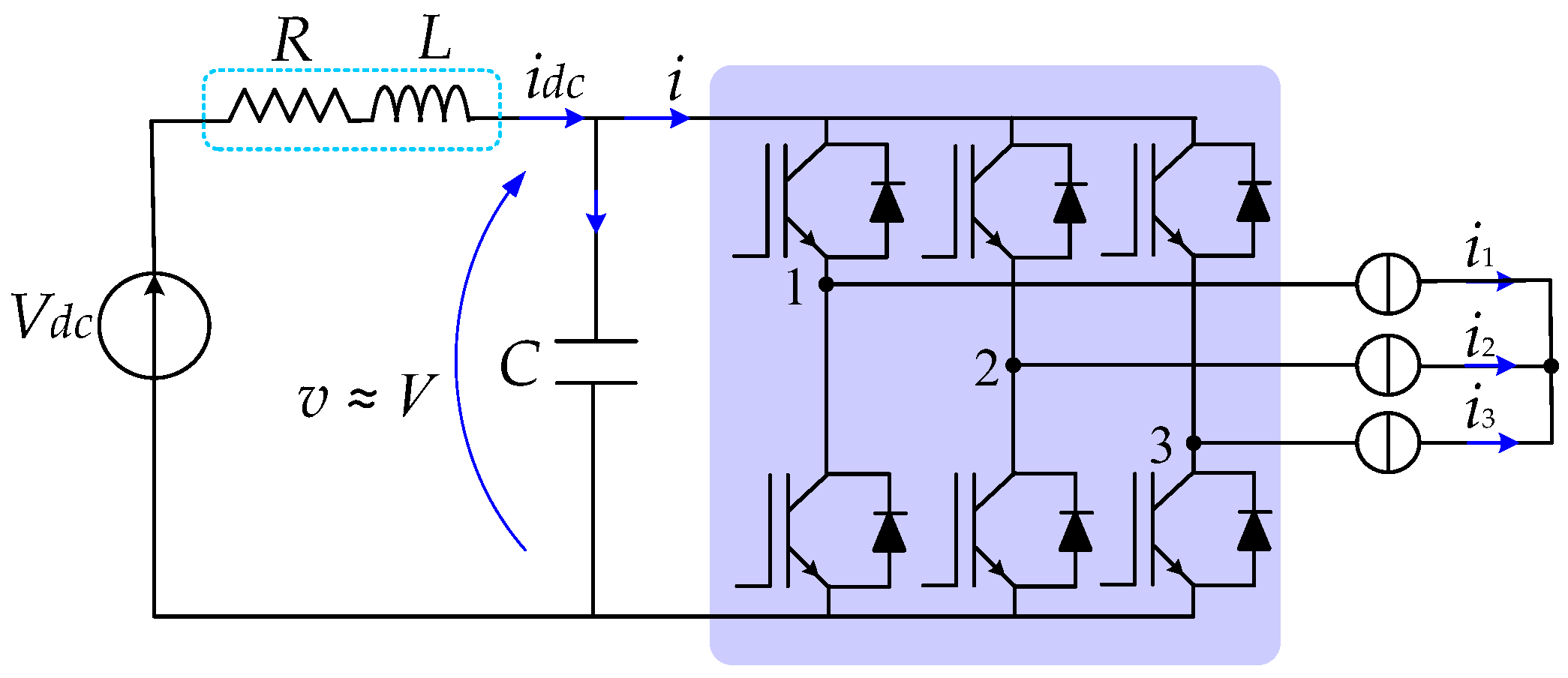

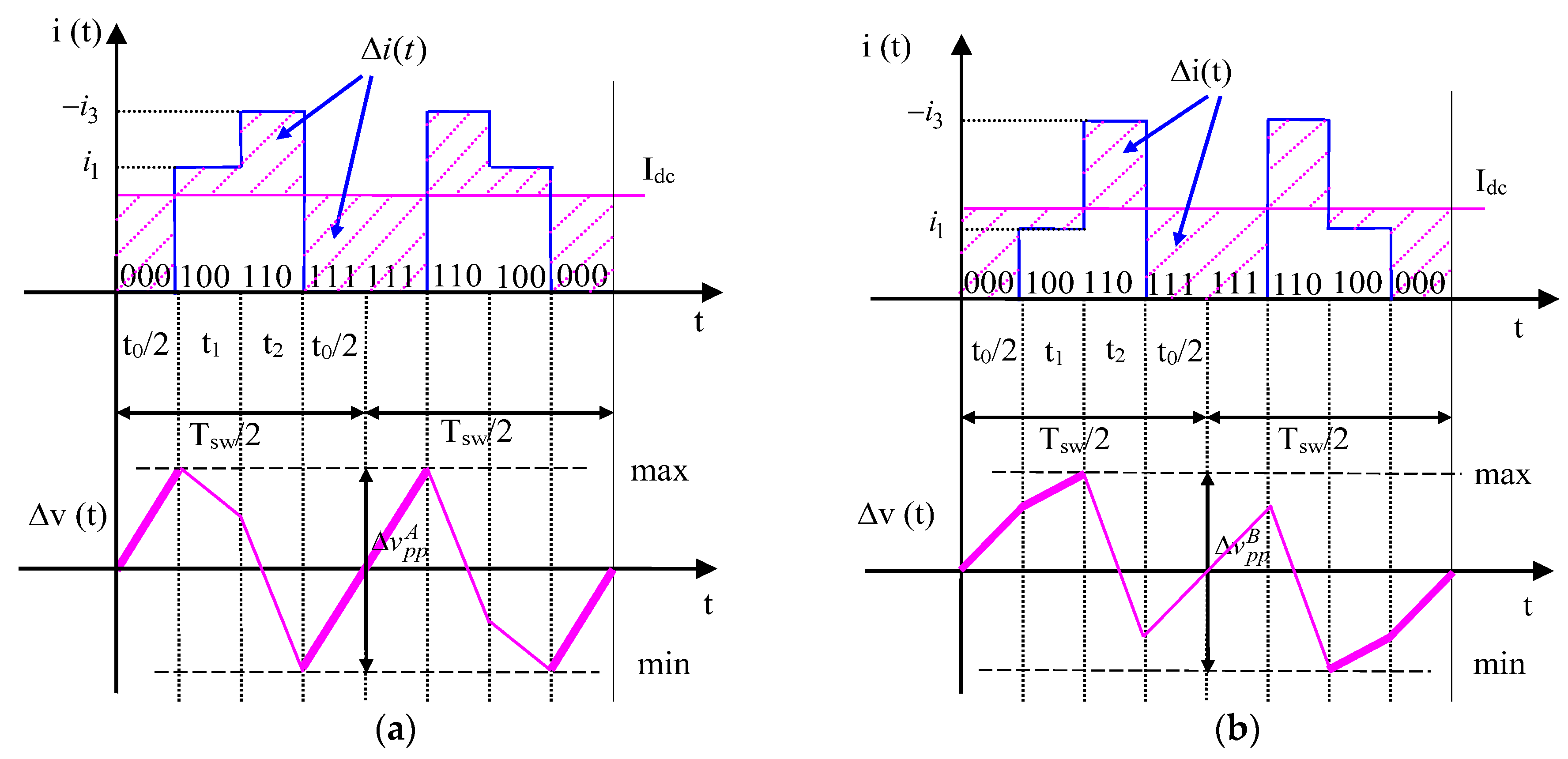
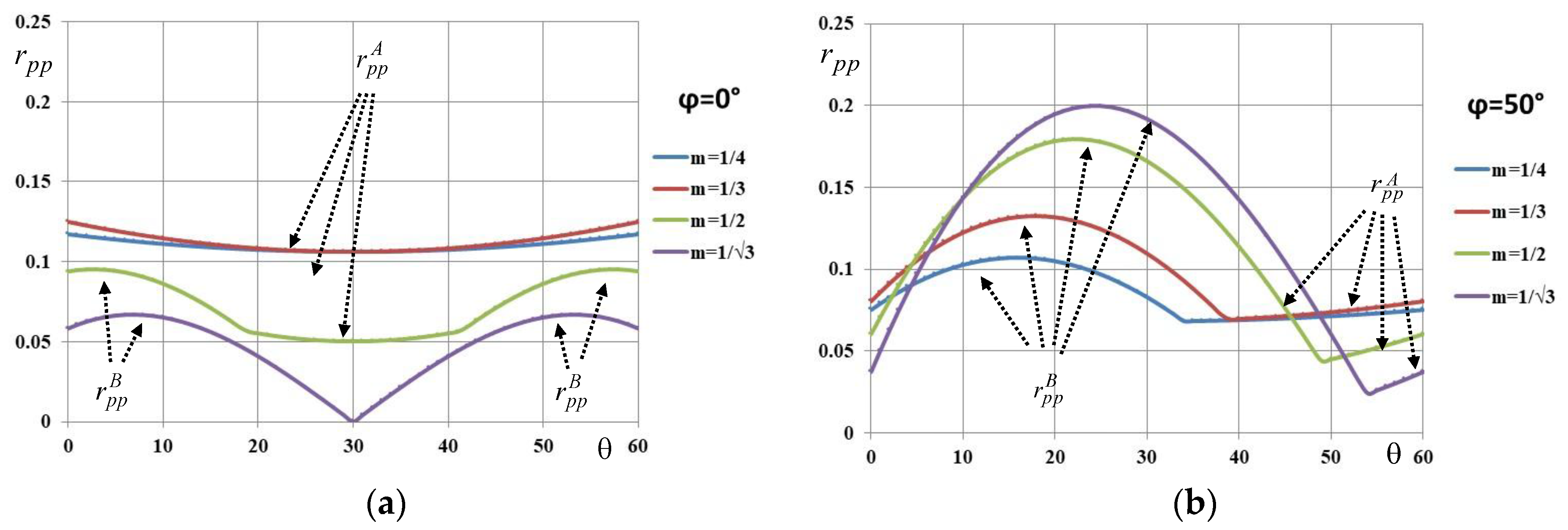
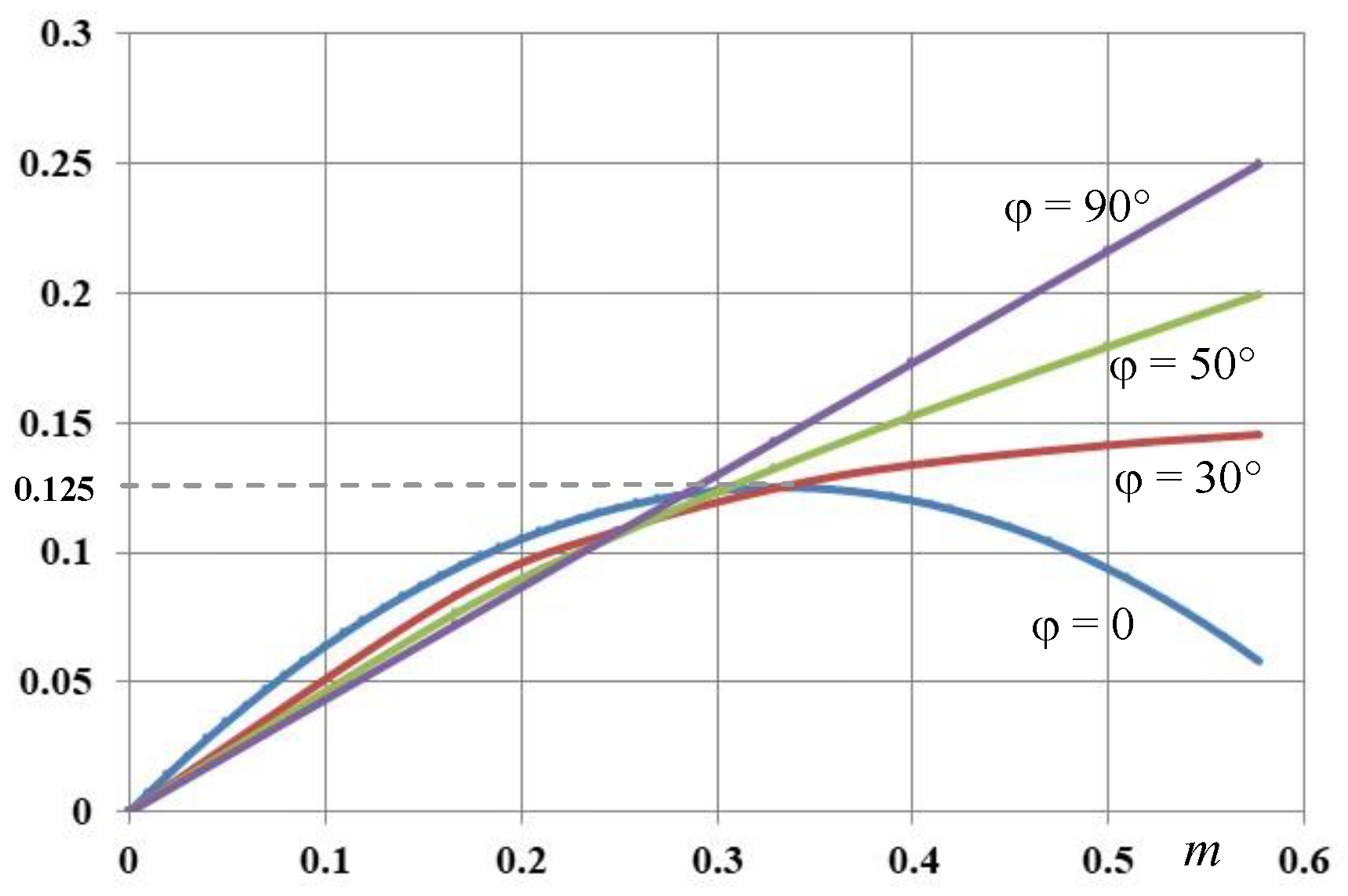
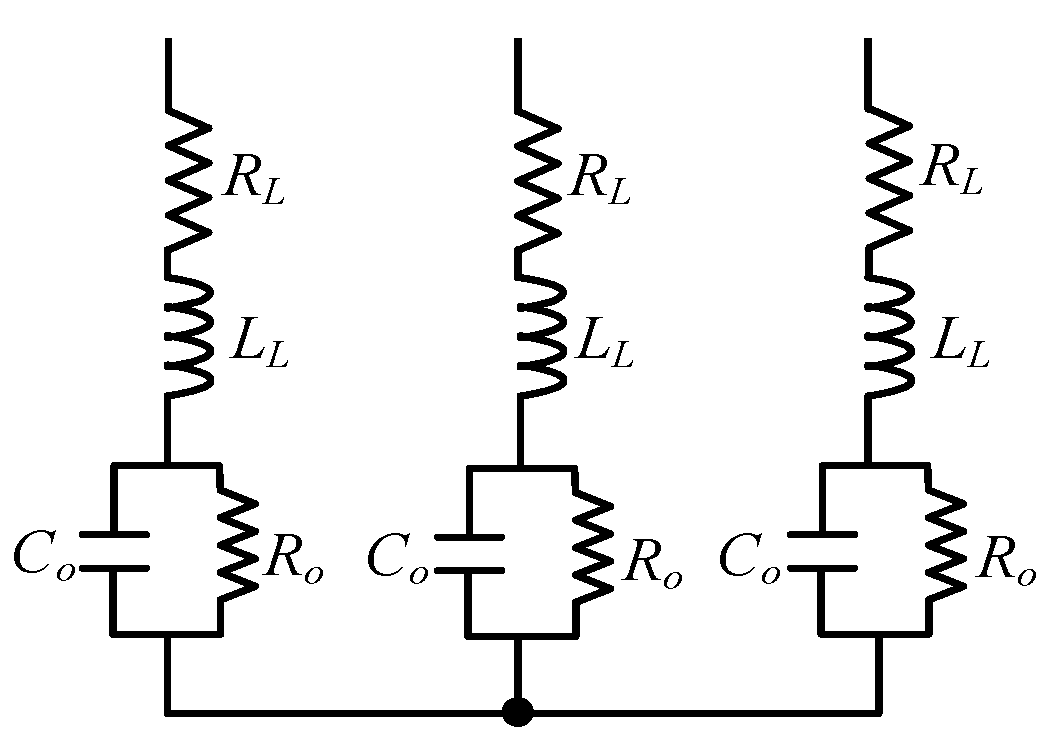
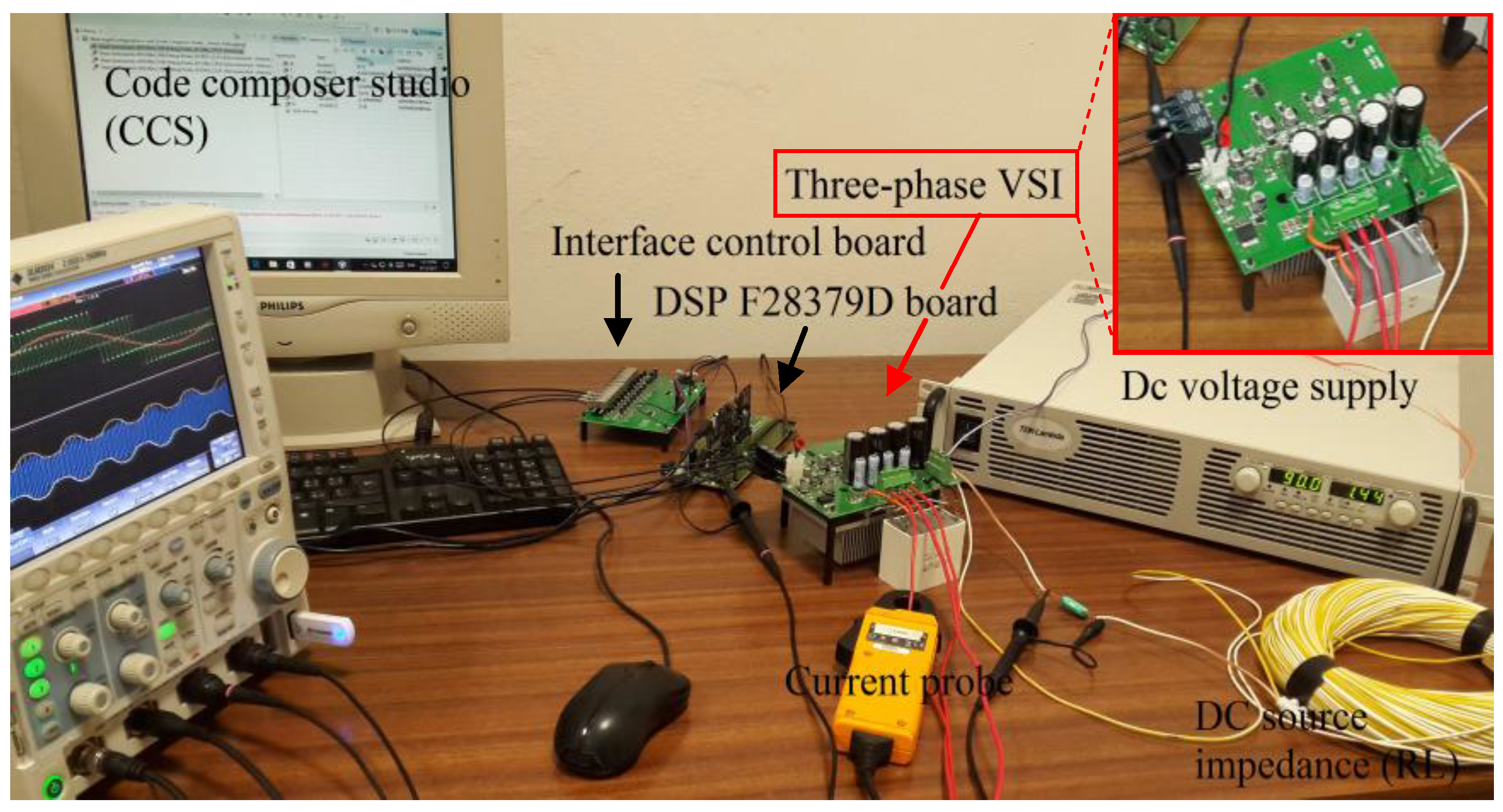


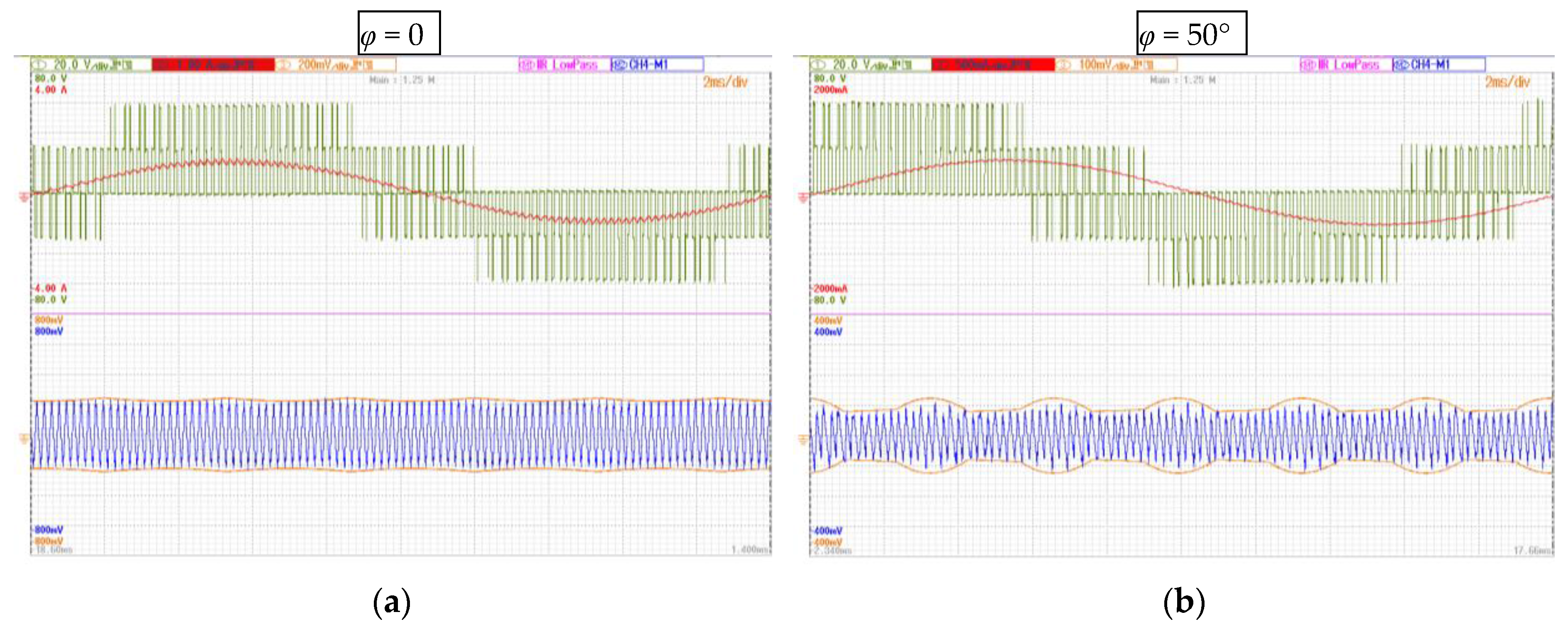
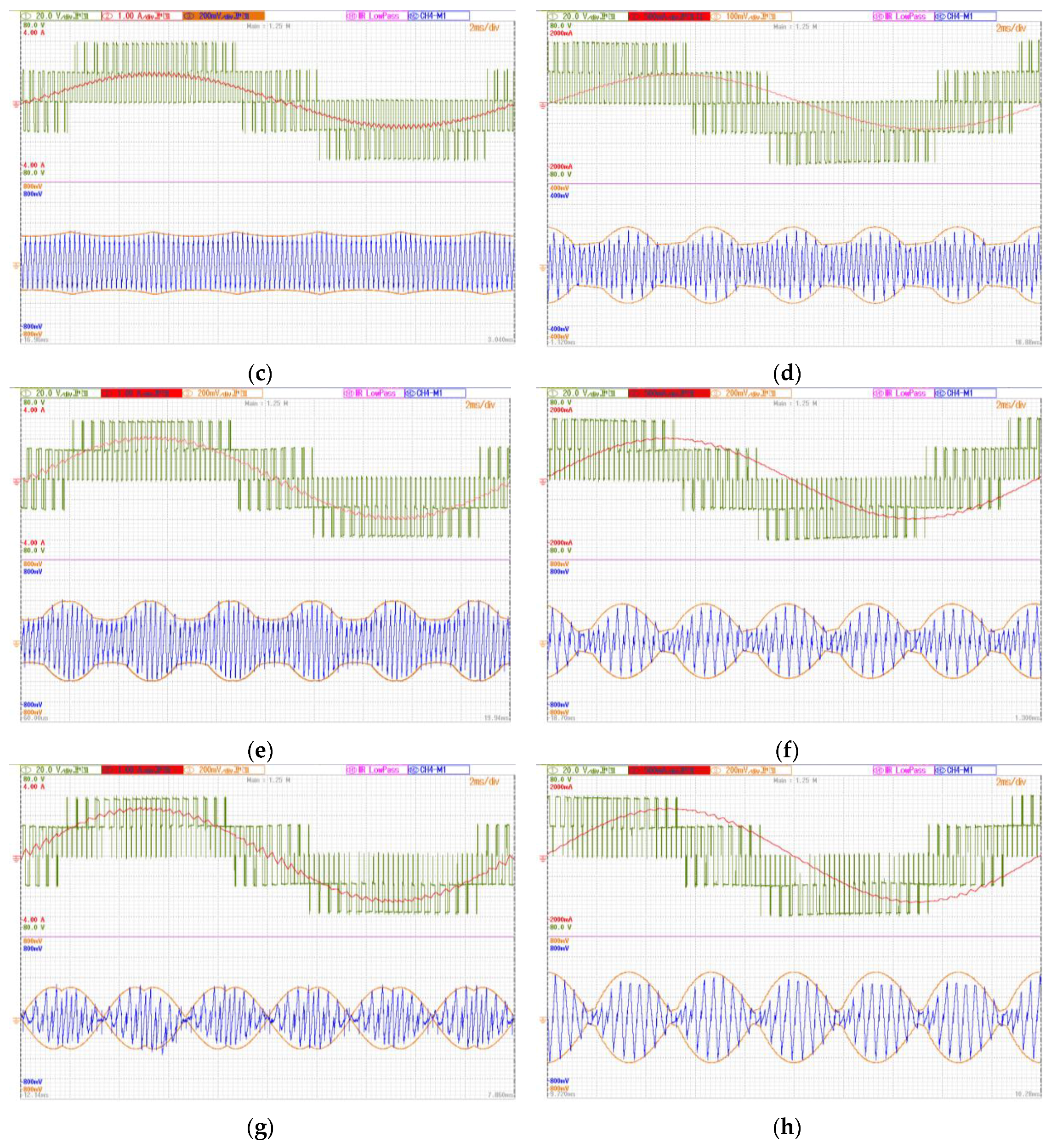
| Label | Description | Parameters |
|---|---|---|
| Vdc | dc voltage supply | 90 V |
| R | dc source resistance | 5 Ω |
| L | dc source inductance | 10.15 mH |
| C | dc-link capacitance | 100 μF |
| f | Fundamental frequency | 50 Hz |
| fsw | Switching frequency | 2.5 kHz |
| Load | φ = 0 | φ = 50° |
|---|---|---|
| RL | 3.16 Ω | 26.8 Ω |
| LL | 20.1 mH | 103 mH |
| Ro | 20 Ω | 0 |
| Co | 58 μF | 0 |
© 2018 by the authors. Licensee MDPI, Basel, Switzerland. This article is an open access article distributed under the terms and conditions of the Creative Commons Attribution (CC BY) license (http://creativecommons.org/licenses/by/4.0/).
Share and Cite
Vujacic, M.; Hammami, M.; Srndovic, M.; Grandi, G. Analysis of dc-Link Voltage Switching Ripple in Three-Phase PWM Inverters. Energies 2018, 11, 471. https://doi.org/10.3390/en11020471
Vujacic M, Hammami M, Srndovic M, Grandi G. Analysis of dc-Link Voltage Switching Ripple in Three-Phase PWM Inverters. Energies. 2018; 11(2):471. https://doi.org/10.3390/en11020471
Chicago/Turabian StyleVujacic, Marija, Manel Hammami, Milan Srndovic, and Gabriele Grandi. 2018. "Analysis of dc-Link Voltage Switching Ripple in Three-Phase PWM Inverters" Energies 11, no. 2: 471. https://doi.org/10.3390/en11020471






